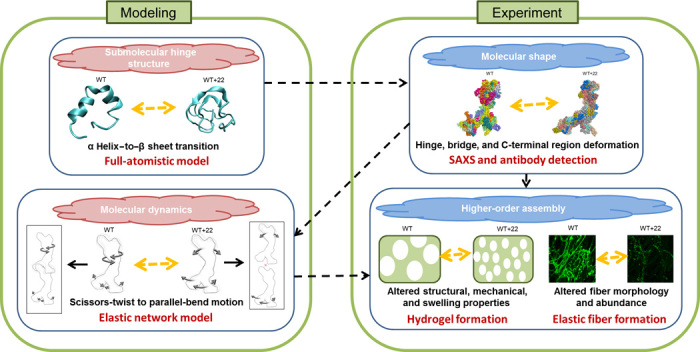Fig. 1. Cross-validation between modeling and wet-bench experiments.

This approach helps elucidate the relationship between local and global structures, dynamics, and functional assembly in the elastic protein tropoelastin. Submolecular secondary structural changes resulting from a small sequence insertion are predicted with full-atomistic modeling of the local region, which provides a mechanistic explanation for the global nanostructure observed in SAXS and antibody experiments. The solution shape, in turn, becomes the basis of an elastic network model that defines the molecular motions intrinsic to the protein. This, in addition to the tertiary structure, contributes to the success and efficiency of intermolecular interactions during assembly into higher-order structures.
